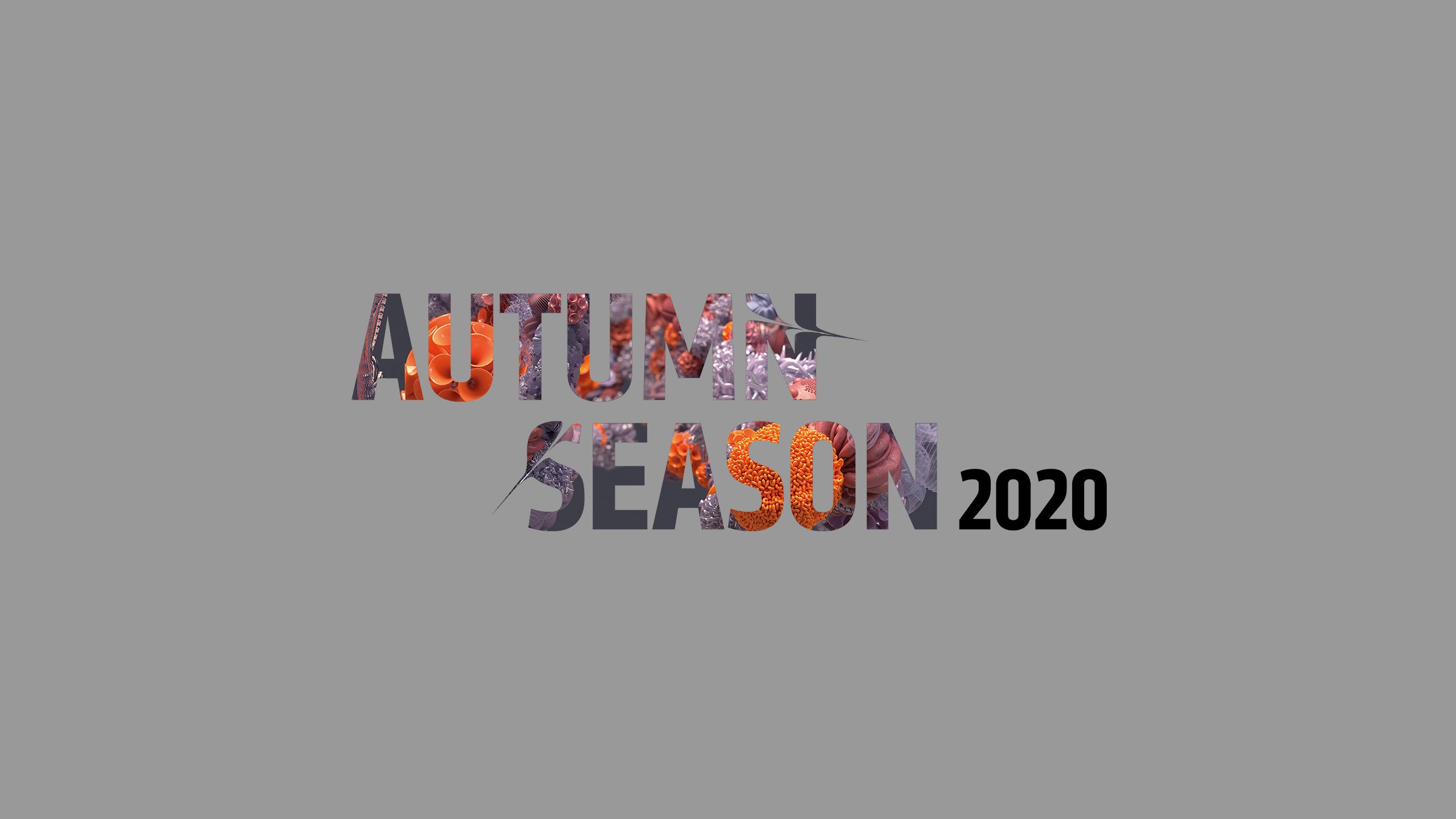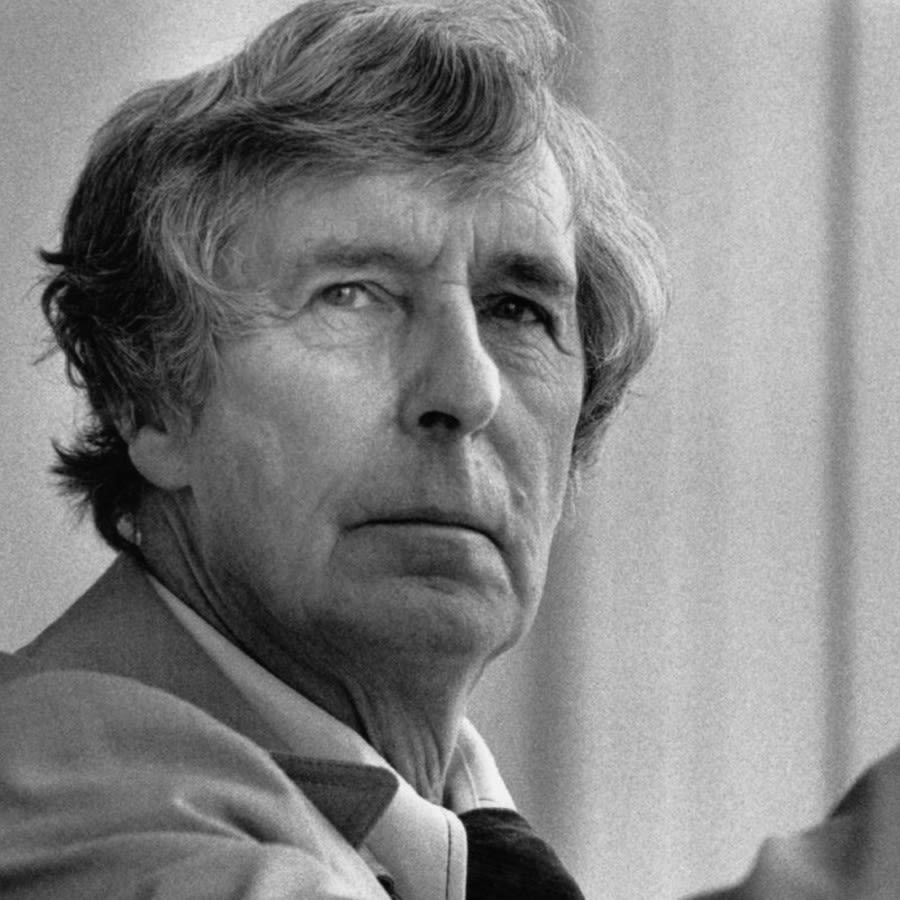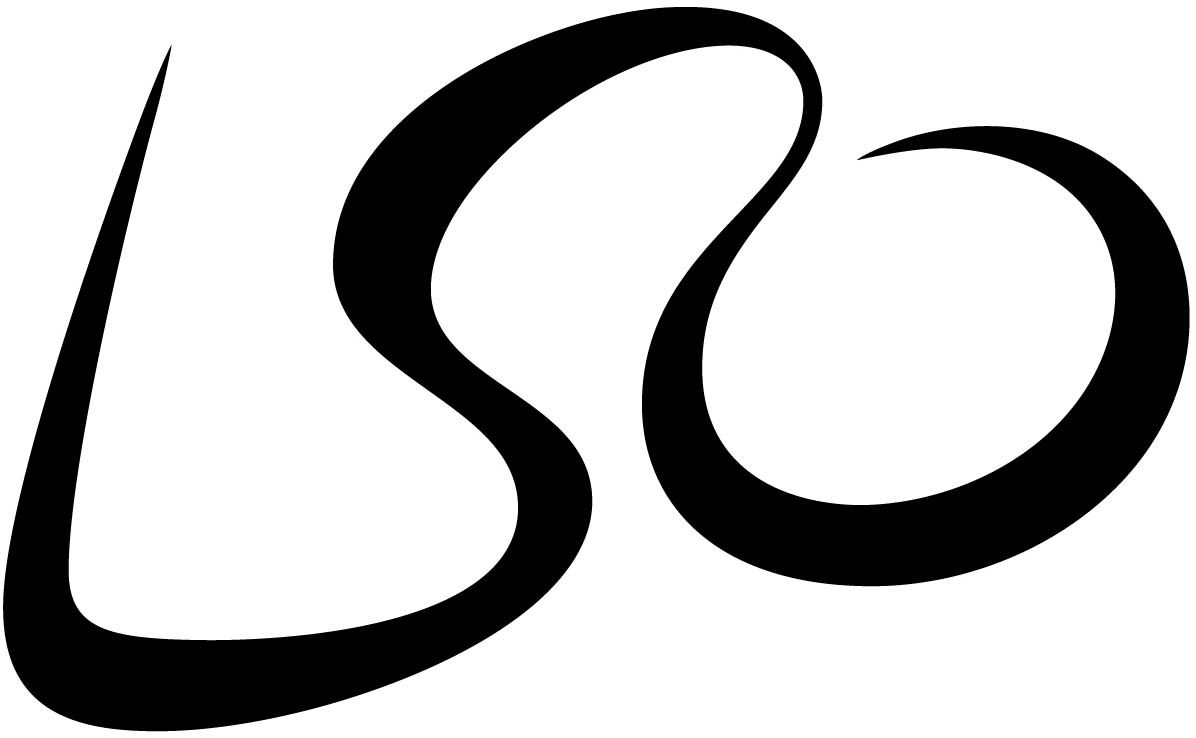
Thank you for joining us.
It is a real joy to see the London Symphony Orchestra return to concert performances at LSO St Luke's this autumn. A warm welcome to the numerous guest conductors and artists who will join the LSO in the Jerwood Hall over the coming months, and welcome back to our family of conductors: Sir Simon Rattle, Gianandrea Noseda and François-Xavier Roth.
It is a pleasure to invite you to watch and listen today. I hope you enjoy the performance, and that you are able to join us again soon.

Kathryn McDowell CBE DL; Managing Director
Kathryn McDowell CBE DL; Managing Director
Wednesday 23 September
Dvořák, Tippett & Beethoven
Dvořák Slavonic Dances Op 46
Tippett Piano Concerto
Beethoven Symphony No 5
Sir Simon Rattle conductor
Peter Donohoe piano
Visit our website for information on how we are ensuring activity at our venue LSO St Luke’s is COVID-19 secure.
The support of our audience has truly never been more important for the Orchestra and its world-class artistic programme. By supporting us now and in the months to come, you will help us to continue to adapt our music-making and activities to meet the challenges of these times, including sharing the gift of music with our local communities through our LSO Discovery programme.
The London Symphony Orchestra is hugely grateful to all the Patrons and Friends, Corporate Partners, Trusts and Foundations, and other supporters who make its work possible.
The LSO’s return to work is supported by Art Mentor Foundation Lucerne and DnaNudge.
This performance is generously supported by our Technical Partner, Yamaha Professional Audio.
Dvořák
Slavonic Dances Op 46
1878

No 1 in C major: Furiant
No 2 in E minor: Dumka
No 3 in A-flat major: Polka
No 4 in F major: Sousedská
No 5 in A major: Skočná
No 6 in D major: Sousedská
No 7 in C minor: Skočná
No 8 in G minor: Furiant
Dvořák was relatively unknown at the time of his Slavonic Dances commission in 1878. The German composer Johannes Brahms had spotted that Dvořák had won several prizes and suggested his publishers contact the younger Czech. They did, requesting he write Bohemian dances in the style of Brahms’ Hungarian Dances.
Opus 46 was first published as a set of piano duets for the amateur market. Their popularity spread like wildfire, and soon Dvořák orchestrated them and composed a second set in 1886. His seat in the musical firmament was confirmed. At the time of Dvořák’s birth, Czech people had no real country of their own. The regions where they lived – Bohemia, Moravia and Silesia – were part of the Austrian Empire but it was during his lifetime that regions fought for political independence which filtered through to the arts community. Composers started wanting musical independence, too, overshadowed, as it had been, by German and Italian styles; composers began using folk tunes and dance rhythms, the beginning of musical nationalism. Dvořák’s life-long passion was the Czech national folk tradition – and while he wrote a lot of Czech-sounding compositions, in fact, he hardly ever used any actual folk melodies in his music. He was a sort of magpie, stealing elements from his native musical heritage, most notably the rhythms, but writing the melodies himself. His Slavonic Dances are no different , but that does not belie their heritage.
Note by Sarah Breeden
Antonín Dvořák
1841–1904

Today, Dvořák is celebrated as one of Europe's most forward-thinking and accomplished composers. He wrote his First Symphony at 24, subtitled 'The Bells of Zlonice' after a village he lived in as a child. This love for his home country echoes throughout his work, which often makes use of Slavic rhythms, melodies and folklore.
Moving to the US in 1892, he was appointed Director of the National Conservatory, one of the few conservatoires to accept women and students from ethnic minorities at the time. Dvořák wrote a series of newspaper articles during this time advocating African American and Native American music, and these influences can be heard in his Symphony No 9, 'From the New World'.
Tippett
Piano Concerto
1953–55
Peter Donohoe piano

1. Allegro non troppo
2. Molto lento e larghetto
3. Vivace
Now regarded worldwide as one of the leading figures in 20th-century music, Michael Tippett took a long time to achieve the recognition deserved both for his music and his deeply held views on a range of public issues, notably pacifism. His Piano Concerto (1955) dates from a period in which many of his works were receiving a great deal of criticism from conductors and orchestral musicians, not to mention the press.
The Piano Concerto followed his first opera, The Midsummer Marriage (1953), which was slated as 'Midsummer Madness' and generally dismissed on account of its over-complex libretto and complex contrapuntal orchestration. To be fair, its vocal writing was thought to be exciting, especially that of the lead soprano role, Jenifer, sung originally by Joan Sutherland who, vocal talents aside, apparently had not a clue what she was singing about.
The concerto had been germinating in Tippett's mind since he attended a performance of Beethoven's Fourth Piano Concerto, played with ravishing poetry by Walter Gieseking. Using this work as his model, Tippett surprised everyone by avoiding Tchaikovskian/Rachmaninoff-style battles between the soloist and orchestra. Instead, his first two movements favoured inward reflection and an ornate style of lyricism that clearly derived from The Midsummer Marriage. The rhythmic complexities of the third movement were another surprise, derived from Tippett's fascination with jazz and boogie-woogie.
'Too many notes'
After a lot of confused negotiations as to who should play the solo part, the most favoured soloist, Julian Katchen withdrew at a few weeks' notice, and Louis Kentner stepped in to give a plausible account of the solo part with the City of Birmingham Symphony Orchestra on 30 October 1956. Nevertheless, the work attracted adverse criticism. 'Too many notes': the gibe Mozart attracted during his lifetime was also the oft-repeated dismissal of Tippett's music.
Fortunately, a new generation of pianists and conductors took the Concerto seriously. John Ogdon and conductor Normal Del Mar put the work back on the map. Others followed, notably Paul Crossley, who recorded it with the LSO with Tippett conducting, and Emanuel Ax, whose first performance of it was with the Los Angeles Symphony Orchestra under André Previn.
The work is now in the repertoire of numerous younger generation pianists and its performance tonight is by one of the composer's most ardent champions, Peter Donohoe.
Listening Guide
Click below to keep reading about Tippett's Piano Concerto (opens in a new tab).
Note by Meirion Bowen
Sir Michael Tippett
1905–98

Michael Tippett was born in 1905 into a precariously wealthy family that was politically aware (his mother was imprisoned as a suffragette) but relatively unmusical. As a child, and maybe as an adult too, he was something of the perennial outsider, at odds with, even ahead of, the beliefs and taboos of the times.
Tippett's 60-year career was slow-burning and, as for all innovators, has been greeted with consternation and with jubilance alike. He was eventually acclaimed as a composer of international stature and importance.
Profile by Oliver Soden
Beethoven
Symphony No 5 in C minor Op 67
1807–08

1. Allegro con brio
2. Andante con moto
3. Allegro
4. Allegro
Time and familiarity, those old enemies of innovation, have conspired to mellow the impact of Beethoven’s Fifth on the modern ear. It has often been in danger of acquiring, from frequent repetition, a cosiness that can dull its surprises.
Those who took their seats in Vienna’s Theater an der Wien for the Symphony's premiere in 1808 would have had some idea what to expect. Anyone who had already heard his Third Symphony, the ‘Eroica’, or indeed the ‘Pastoral’ Symphony (premiered earlier in the same concert as the Fifth), would have known that Beethoven had greatly expanded the timescale of the symphonic form, raised its level of seriousness and expressive weight, and brought to it an increasingly theatrical, even narrative strain. But few can have been prepared for the Fifth's brusque assault on their senses.
Beethoven was a revolutionary, but he was one who worked within an established tradition, and who was subject to his fair share of influences. Several of these come together in the Fifth Symphony. One was Mozart, with whom he shared a special feeling for the expressive power of C minor (both men composed some of their most emotional and personal works in that key); another was the large-scale, open-heartedly bombastic music composed for the public celebrations of Revolutionary France; and a third was Haydn, his teacher, who time and time again had shown in his string quartets and symphonies how to construct whole movements from small thematic cells.
Listening Guide
Click below to keep reading about Beethoven's Symphony No 5 (opens in a new tab).
Whether one experiences the Fifth Symphony as a journey from darkness to light, a depiction of adversity overcome, or as an emergence from some sort of underworld, there is no doubt that it has an effect on the listener that goes beyond the appreciation of its musical and formal niceties. Beethoven himself has left little clue as to what the symphony is ‘about’, save for a possibly apocryphal remark to his friend Schindler about the first movement: ‘thus Fate knocks at the door’.
Note by Lindsay Kemp
Read: Beethoven 250 timeline
Find out about the life and work of Beethoven, discover key moments in the world that he knew, and see how his legacy continues long after his death.
Artist Biographies

Sir Simon Rattle
LSO Music Director
© Oliver Helbig
© Oliver Helbig
Sir Simon Rattle was born in Liverpool and studied at the Royal Academy of Music. In September 2002 Sir Simon became Chief Conductor and Artistic Director of the Berlin Philharmonic Orchestra, where he remained until June 2018. In September 2017, Simon took up the position of Music Director of the London Symphony Orchestra.
For some years Principal Guest Conductor of the Rotterdam and Los Angeles Philharmonic Orchestras, in 1980 he became Principal Conductor and Artistic Adviser of the City of Birmingham Symphony Orchestra, stepping up to Music Director from September 1990 until August 1998. He is also Founding Patron of the Birmingham Contemporary Music Group and, since the early 1990s, has been a Principal Artist of the Orchestra of the Age of Enlightenment.
Read Sir Simon Rattle's full biography on his agents' website
Peter Donohoe
piano
© Chris Christodoulou
© Chris Christodoulou
Peter Donohoe was born in Manchester in 1953. He studied at Chetham’s School of Music for seven years, graduated in music at Leeds University, and went on to study at the Royal Northern College of Music with Derek Wyndham and then in Paris with Olivier Messiaen and Yvonne Loriod. He is acclaimed as one of the foremost pianists of our time, for his musicianship, stylistic versatility and commanding technique.
Donohoe has performed with all the major London orchestras, as well as orchestras from across the world. He made his 22nd appearance at the BBC Proms in 2012 and has appeared at many other festivals including six consecutive visits to the Edinburgh Festival, La Roque d’Anthéron in France, and at the Ruhr and Schleswig Holstein Festivals in Germany.
Peter Donohoe is an honorary doctor of music at seven UK universities, and was awarded a CBE for services to classical music in the 2010 New Year’s Honours List.
London Symphony Orchestra
On Stage:

Leader
Roman Simovic
First Violins
Carmine Lauri
Ginette Decuyper
Laura Dixon
Gerald Gregory
Maxine Kwok
William Melvin
Claire Parfitt
Laurent Quenelle
Harriet Rayfield
Sylvain Vasseur
Naoko Keatley
Second Violins
Julián Gil Rodríguez
Thomas Norris
Miya Väisänen
David Ballesteros
Matthew Gardner
Alix Lagasse
Belinda McFarlane
Iwona Muszynska
Andrew Pollock
Paul Robson
Violas
Edward Vanderspar
Malcolm Johnston
Anna Bastow
German Clavijo
Carol Ella
Julia O'Riordan
Cellos
David Cohen
Jennifer Brown
Noel Bradshaw
Daniel Gardner
Hilary Jones
Laure Le Dantec
Double Basses
Colin Paris
Patrick Laurence
Thomas Goodman
Joe Melvin
José Moreira
Flutes
Gareth Davies
Patricia Moynihan
Piccolo
Sharon Williams
Oboes
Juliana Koch
Rosie Jenkins
Clarinets
Chris Richards
Chi-Yu Mo
Bassoons
Rachel Gough
Dominic Tyler
Contra Bassoon
Martin Field
Horns
Timothy Jones
Angela Barnes
Alexander Edmundson
Flora Bain
Alexei Watkins
Trumpets
Nicholas Betts
Catherine Knight
Trombones
Peter Moore
James Maynard
Bass Trombone
Paul Milner
Tuba
Ben Thomson
Timpani
Nigel Thomas
Percussion
Neil Percy
David Jackson
Sam Walton
Celeste
Elizabeth Burley
On Our Label: LSO Live
Launched in 1999, LSO Live was the first of its kind and its success kick-started a new wave of artist-owned labels. Every recording released on the label belongs to the Orchestra itself, and all profits are shared amongst our members.
Discover the entire catalogue of over 150 recordings, including latest release The Cunning Little Vixen, on the LSO Live store .
Thank You for Joining Us
The support of our audience has truly never been more important. You can help us to continue to adapt our music-making and activities to meet the challenges of these times.
You can also donate now via text.
Text LSOAUTUMN 5, LSOAUTUMN 10 or LSOAUTUMN 20 to 70085 to donate £5, £10 or £20.
Texts cost £5, £10 or £20 plus one standard rate message and you’ll be opting in to hear more about our work and fundraising via telephone and SMS. If you’d like to give but do not wish to receive marketing communications, text LSOAUTUMNNOINFO 5, 10 or 20 to 70085. UK numbers only.
Thank you.
Keep Exploring
- Subscribe to our YouTube channel, where you can watch over 500 videos, including new music released every Sunday.
- Follow us on Facebook, Instagram and Twitter for quizzes, listening suggestions and more.
- Find us on Apple Music to listen to all our recordings.
- Sign up to our email list to be the first to hear about our latest news and programmes.
Watch and Listen Again Later
Today's concert will be broadcast on BBC Radio 3 on 25 September.
Parts of this concert will also be available to watch on demand on Takt1 on 15 October and 29 October.








